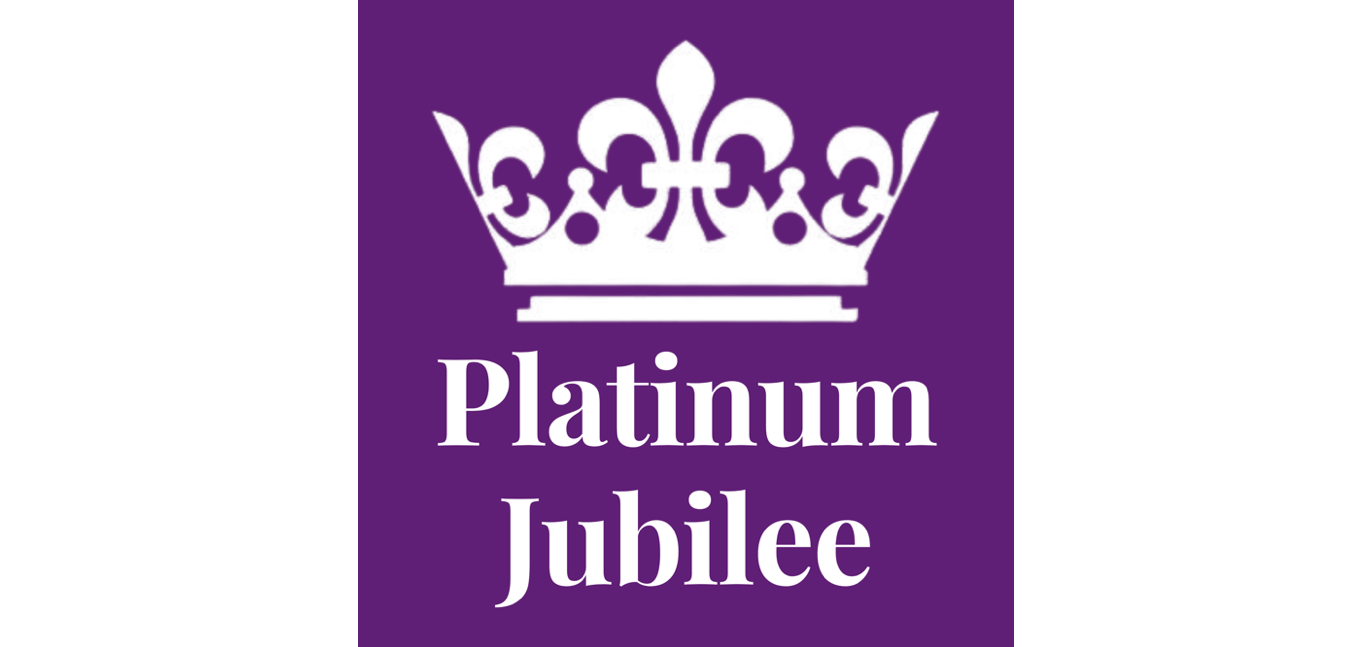The long reign of Elizabeth II has provided so many jubilees that it’s easy to think of these royal celebrations as an integral part of the fabric of monarchy. In reality, Britain has celebrated just a handful of royal jubilees and the tradition of big, public events for milestones in a reign only started two hundred years ago.
George III was just the fourth king in English history to reach half a century on the throne. His reign had been far from plain sailing but plans to party were put in place.
George’s Jubilee actually took place on the 49th anniversary of his reign. It was a strange date to choose but October 25th 1809 also marked the first day of the 50th year of his rule. Major events were held in Windsor and London but celebrations actually took place across the country as well as in the colonies that also called him king.
The Royal Family marked the milestone in Windsor. On On October 25th 1809, they gathered at Windsor for a private service. Later, there was a fete and firework display at Frogmore.
In London, the Lord Mayor led the Jubilee. Along with the Corporation, he headed a grand procession that made its way to St. Paul’s Cathedral for a Service of Thanksgiving for George’s long reign. That was followed by a dinner at the Mansion House. Similar galas were held across the capital while many of London’s churches opened their doors for special services to mark George’s reign.
It was a pattern followed across England where religious commemorations were followed by parties, some of them of the very grandest pattern. But there were also echoes of what we might term street parties. Wealthy patrons in towns and villages paid for beer, food and festivities for their poorer counterparts.
Jubilee medals were struck while a vogue for naming babies George (in hour of the king) or Charlotte (for his wife) took off in parts of the country.
It would prove to be fortuitous timing. By October 25th 1810, the actual 50th anniversary of George III’s reign, the king was once more suffering from the serious mental health problems which had been a recurring feature of his later years. Just months later, his eldest son had taken over as Prince Regent,
Whether the Royal Family and their advisers had been aware of his deteriorating condition when taking up the idea of a Jubilee isn’t known. It’s unlikely such celebrations could have taken place in 1810 as George III was increasingly unwell. On top of his mental health problems, he was suffering from a range of physical ailments as well. By marking his milestone in 1809, the Royal Family ensured a popular celebration that could reflect on his long reign rather than highlight his debilitating future.
This first Royal Jubilee would be followed by two major celebrations for George’s granddaughter, Queen Victoria. Her grandson, George V, would be the next British Monarch to mark a Jubilee while his granddaughter, Elizabeth II, is approaching her fourth major Jubilee. All seven events are part of a royal jubilee history that isn’t, perhaps, as ancient as it looks.

